Q: I have a house-hunting question for you. What do you look for when buying a house? What should I look past? Help! All of the older homes in our price range feel dated, dirty, and decrepit. How do you know which houses are worth buying and which ones are lost causes? All I can think of is the money pit we might be purchasing!!
A: This is a fantastic question, and one I receive quite often. Buying a home for your family is always going to be a bit of an emotional rollercoaster. I have watched some of the most steadfast people experience the extreme highs and lows of house hunting.
I’d like to start by tackling the second half of that question. In fact, these are often the things I look for when I am looking for my next project house.
What do I look past when buying a house
- terrible paint/paint colours
- dated or nasty wallpaper (borders, trims, or entire walls)
- ugly curtains, drapes, or really any bad window covering
- dated or not-your-style furniture
- panelling
- light fixtures (of any type or era)
This list would never deter me because with a little elbow grease they are all easily changeable. Here are a few photos of our house before we started tearing it apart.
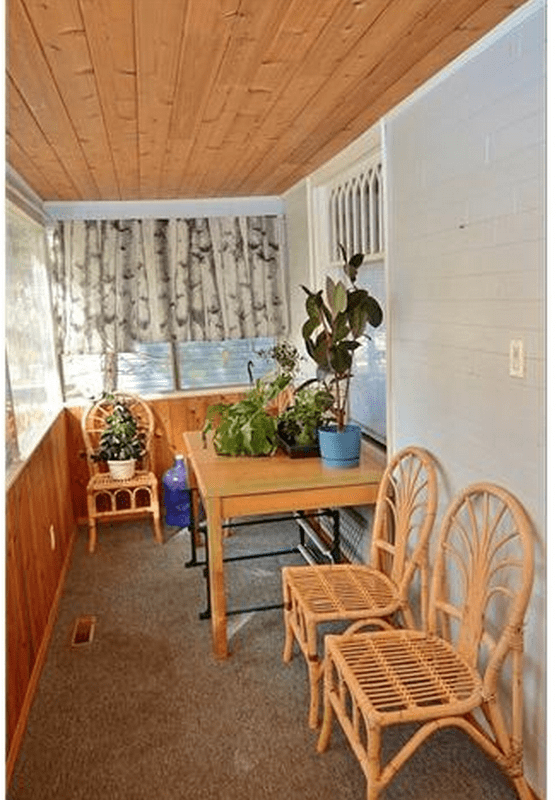
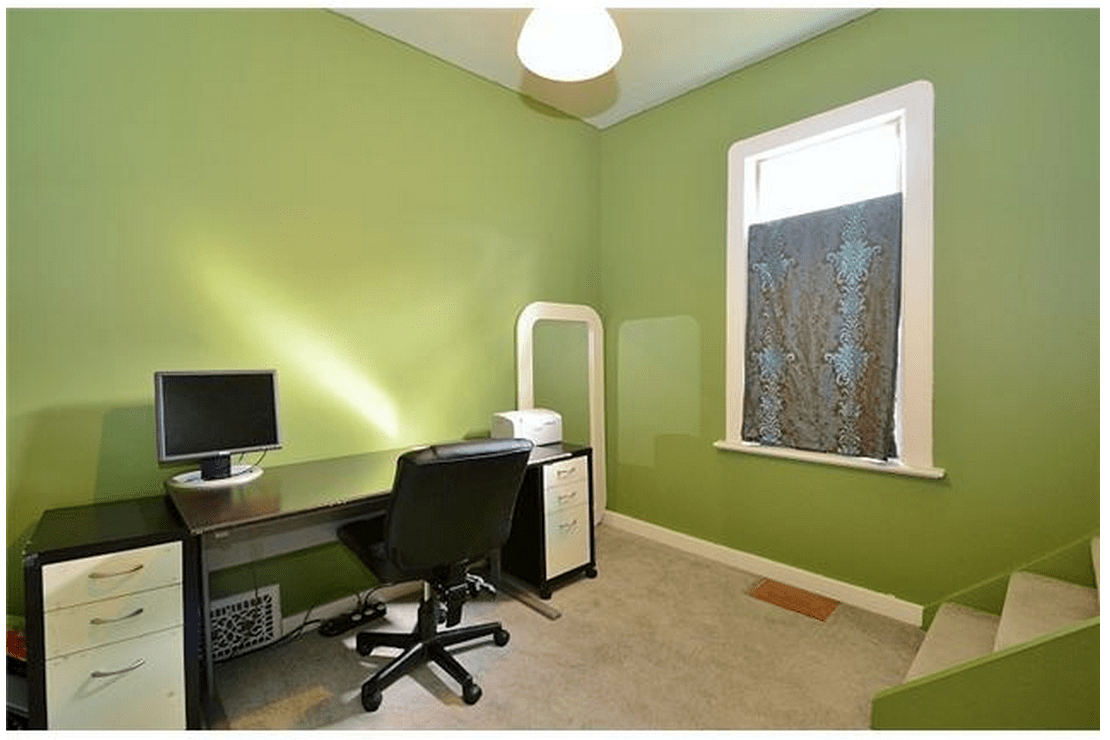
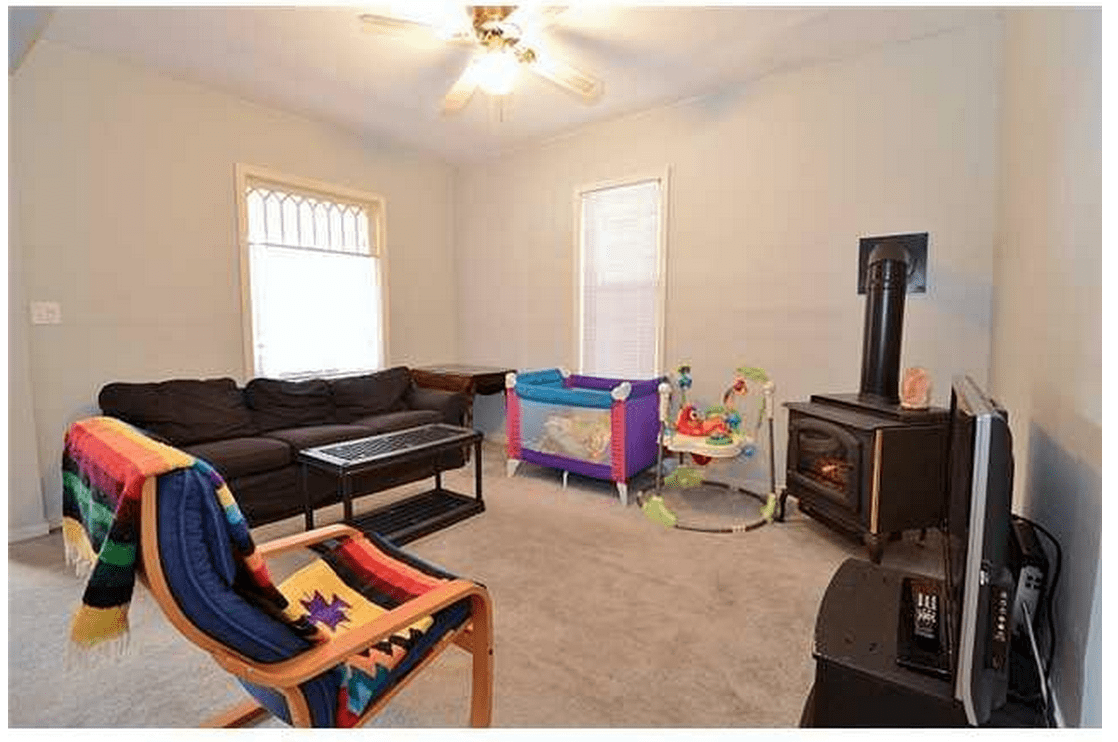
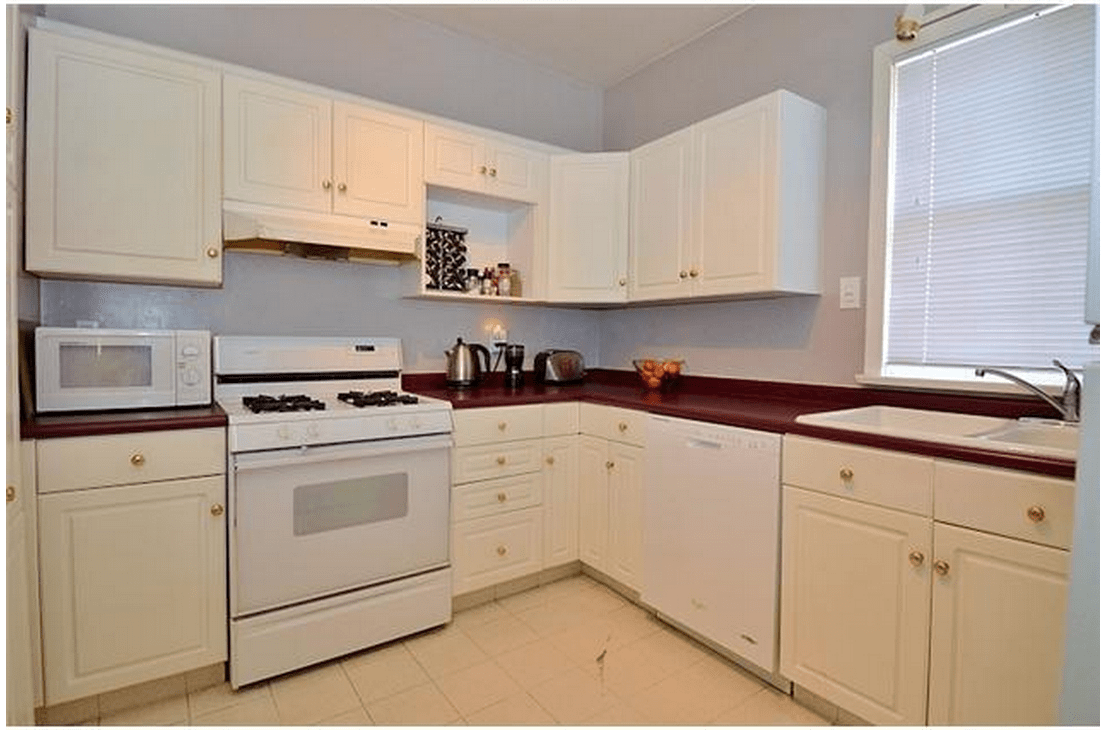
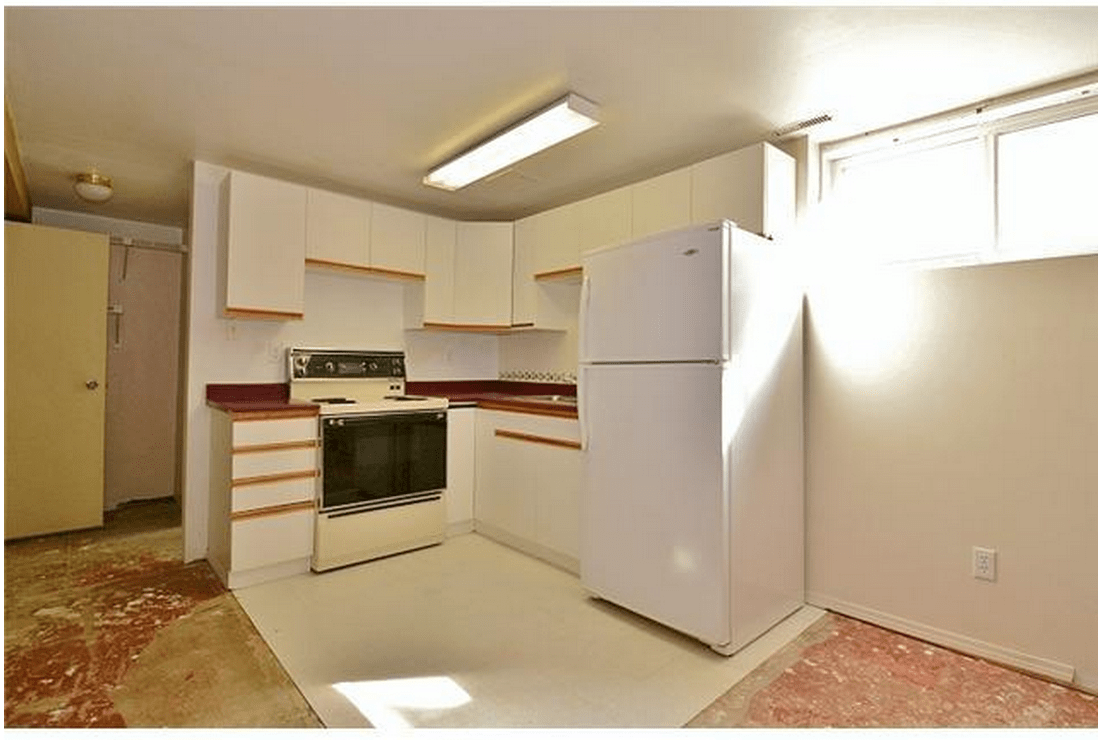
In the photos above, the entire main floor was covered in disgusting dirty carpet, and there was a hole in the kitchen linoleum. It got worse in the basement…we didn’t even have floors….
You can expand that list further depending on how extensive you feel like renovating the space (and how much money you want to spend changing the home to your personal taste and style)
- blue, pink, (any colour really) toilet or sink
- cabinetry
- flooring
- countertops

Here’s an example of how just painting the cabinet faces (okay new floors are in too…and a new range) gave the kitchen a facelift until we were ready to do a complete renovation.
What to look for when buying a house
Certain things can’t be changed or are often not worth the investment.
- Location, location, location!!!
- Lot size and terrain
- The general layout (Some adjustments can be made, but rearranging the entire layout will get pricey)
- The size (again, not impossible to change but expensive). This doesn’t just apply to total square footage. This includes the size of bedrooms or bathrooms (and the number of each)
- Ceiling height and window placement
- Architectural features- fireplaces, wood beams, built in hutches. These are all character features that help make a house feel more homey.
In the case of our last project, The Beige Bungalow, it was this list that really sold us on the house. The location, size, and general layout of the house were fantastic, even though it was dated with zero curb appeal. We only removed one internal wall (which saves lots of money) and the rest of the layout remained the same. Keep in mind: moving plumbing, electrical, and HVAC can quickly get expensive.
Here are 10 final points of what to look for when buying a house:
- Recognize a problem roof – if it looks saggy, the shingles are curled over, and it’s covered in moss…it is probably a good time to walk away.
- Look at the lay of the land – if the land all slopes toward the house, there will be an increased potential for water damage to the foundation
- Take a deep breath – the way a home smells can provide you with a lot of information. Musty and damp? Likely a current problem with water or moisture. Sewage? Could be a sign that there are plumbing problems. If the house has potpourri or incense in every room, they are likely hiding something.
- Take it’s temperature – is it overly hot? If there is a basement, do you feel like you need a parka? Both of these point to problems with the insulation.
- Look for cracks – Walk around the entire outside and inside looking just for cracks. Cracking walls are often a sign of movement or foundation problems.
- How old are the windows – I wouldn’t consider this to be a deal breaker but definitely something you should be aware of. Older windows will need replacing and the cost to do so may shock you. If the rest of the home is up to snuff, use this to help you negotiate a lower price.
- Don’t be fooled by staging – Does an area rug look out of place? Look behind dressers, under rugs, and even behind artwork if need be. It wouldn’t be the first time a seller has tried to cover up a problem with staging.
- Deferred maintenance – If all you are thinking about is how nothing has been cleaned or maintained, it is a dead giveaway of how the owners have cared for their home.
- Check the utility room – This is the first place I go when I get inside. It is often unfinished and gives you the best shot at seeing plumbing, heating, and electrical. If it’s clean and well done in there, it will be everywhere. In addition, take a look at the furnace and hot water tank. Have they been updated to high-efficiency units?
- Get a thorough home inspection – Not all inspections are the same. Get one from a reputable company with many positive reviews.
Final words
So although I am hardly a pro-house hunter, I think I have become quite good at ignoring the things that are easy to change, while focusing on the things I can’t (or are too expensive to bother). I have narrowed down what I look for when buying a house, as I am hoping this post does for you.
For those of you who have a harder time seeing past the cosmetics of a home (curtains, wallpaper, paint, etc), bring an unbiased friend or family member along. It may also help to take a look at inspiration images in magazines or online and save the things you love. It is much easier to see past the surface problems when you focus on what the room could look like with a little DIY attitude. And when you are ready to start tackling your very own DIY projects, make sure to check out our must have DIY tools.
What about you guys? What do you look past or look for when buying a house? Do you make must have lists? What are your deal breakers?
PS…try not to let “it might be nice to have” creep into your mind. It can be hard to shake and will often lead you astray in your house hunt!

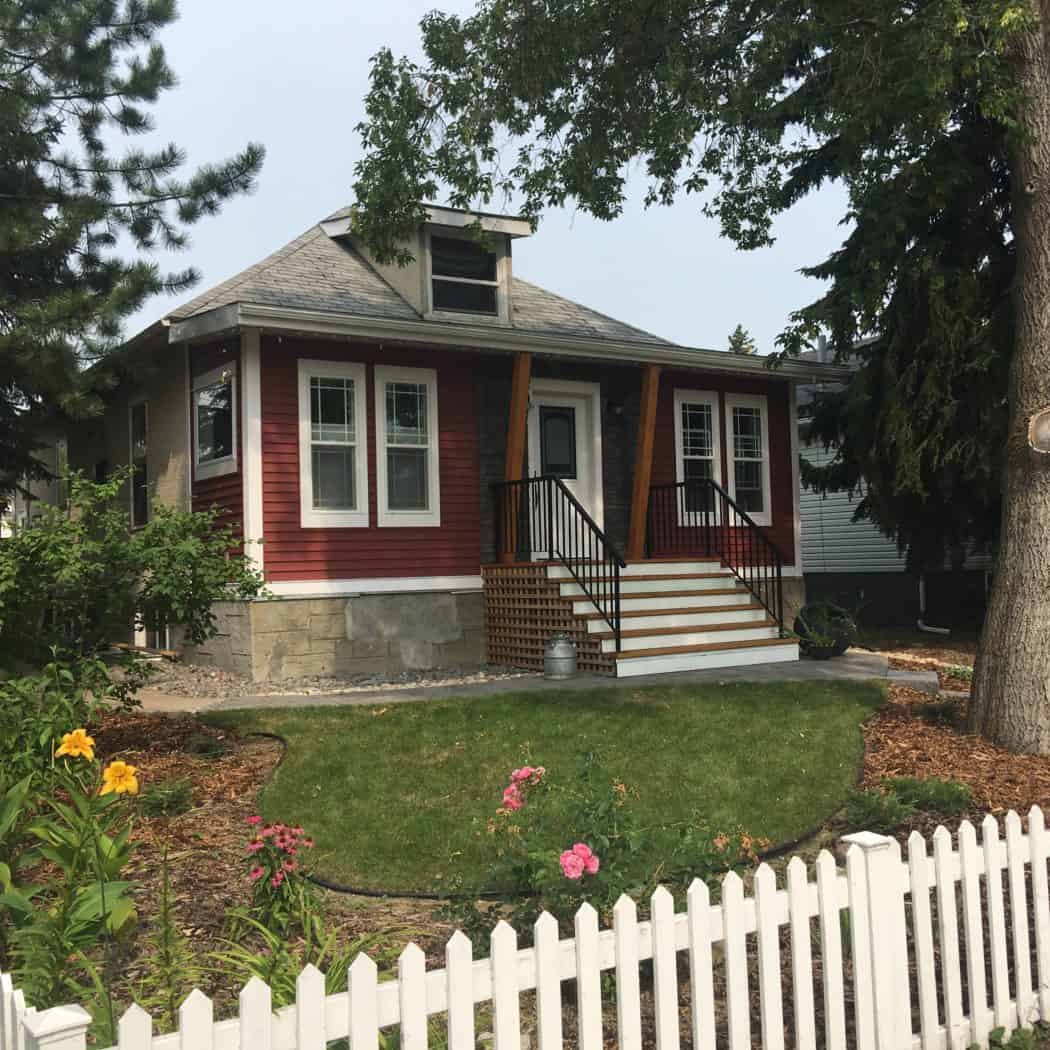
No Comments